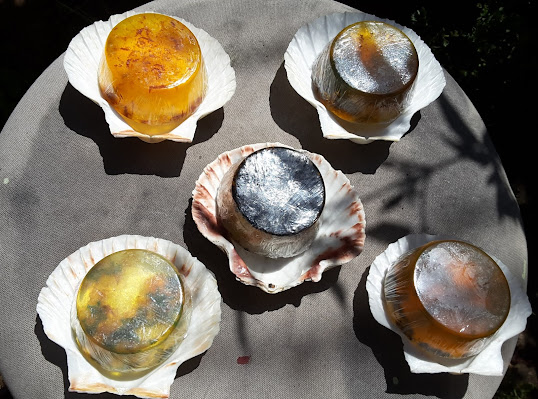Oh the Horses are Ready by J A J Richardson 2024

Oh the Horses are Ready by J A J Richardson 2024 The Gypsy are Travelling, Tins and Pots and Hats From Bournemouth to Appleby, Or where their Feet shall Land. Oh, the Horses are Ready, Fresh Painted All the Wagons, Far off may Hear them Singing, With their Kinsfolk and Chavvies. Gypsy are Travelling, Harks the call of Larks From Southampton to Northampton, Beware of all your Rabbit. Oh, the Horses are Ready, To Chop and Buy and Swap Piebald with White Feathers, Clipped just neath the Clop. Gypsy are Travelling May even here them shout "Any Old Iron, Tin or Gold" Used to be their Chant. Oh, the Horses are Ready, Tents, Doilies and Pegs, Neath the Stars again Sleeping, Along the Ancient Tracks. Gypsy are Travelling With work along the Lane Road Digging and Hard Grafting That Paved the Gorger's Way. Oh, the Horses are Ready With several Bails of Straw, Grass-fed the Mares in grazing In fine Meadow by the Ford. Gypsy are Travelling Romany, Tinker, Farrier Carry...





